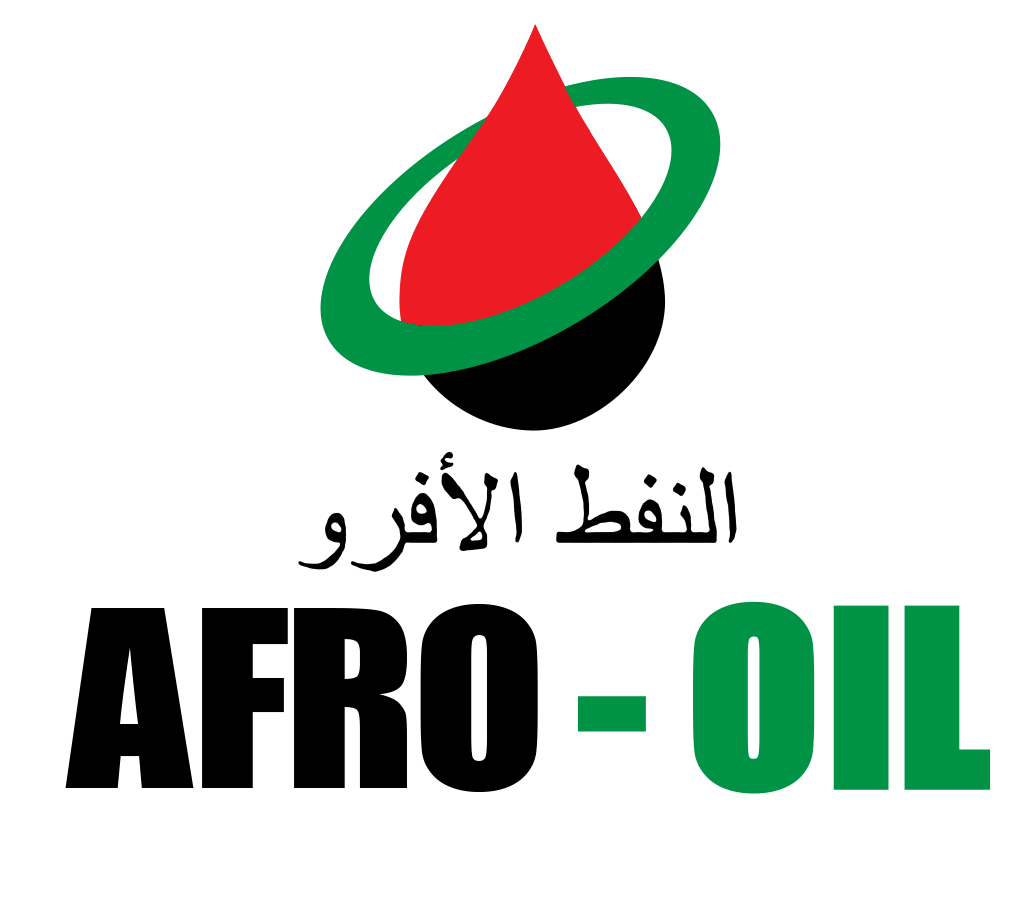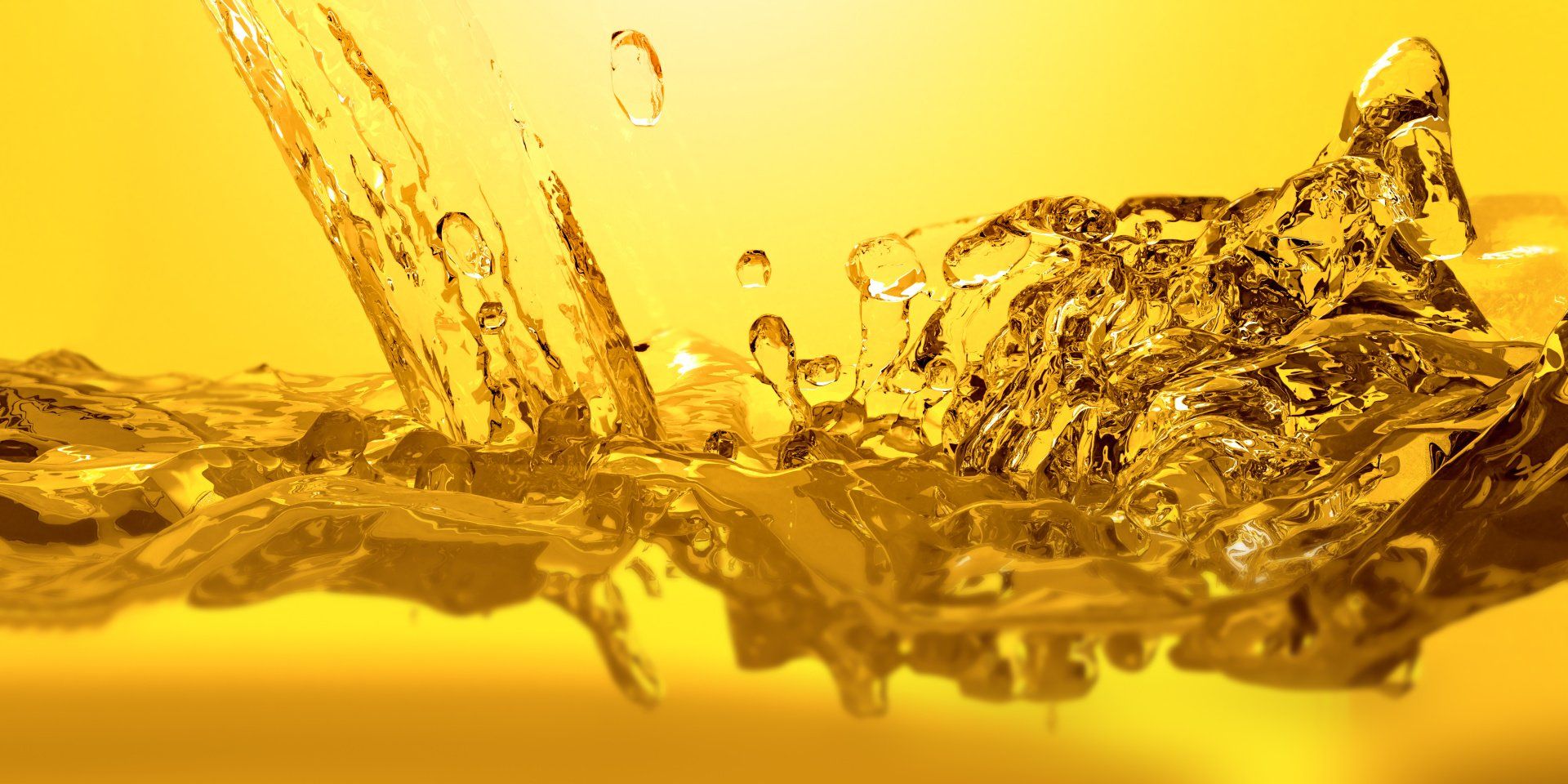Base Oil's
Description of Base Oil

Use of Motor Oil
Motor oil is a lubricant used in internal combustion engines, which power cars, motorcycles, lawnmowers, engine-generators, and many other machines. In engines, there are parts that move against each other, and the friction wastes otherwise useful power by converting the kinetic energy to heat. It also wears away those parts, which could lead to lower efficiency and degradation of the engine. This increases fuel consumption and decreases power output and can lead to engine failure.
Lubricating oil creates a separating film between surfaces of adjacent moving parts to minimize direct contact between them, decreasing heat caused by friction and reducing wear, thus protecting the engine. In use, motor oil transfers heat through conduction as it flows through the engine.
In an engine with a recirculating oil pump, this heat is transferred by means of airflow over the exterior surface of the [oil pan], airflow through an oil cooler, and through oil gases evacuated by the Positive Crankcase Ventilation (PCV) system. While modern recirculating pumps are typically provided in passenger cars and other engines similar or larger in size, total loss oiling is a design option that remains popular in small and miniature engines.




